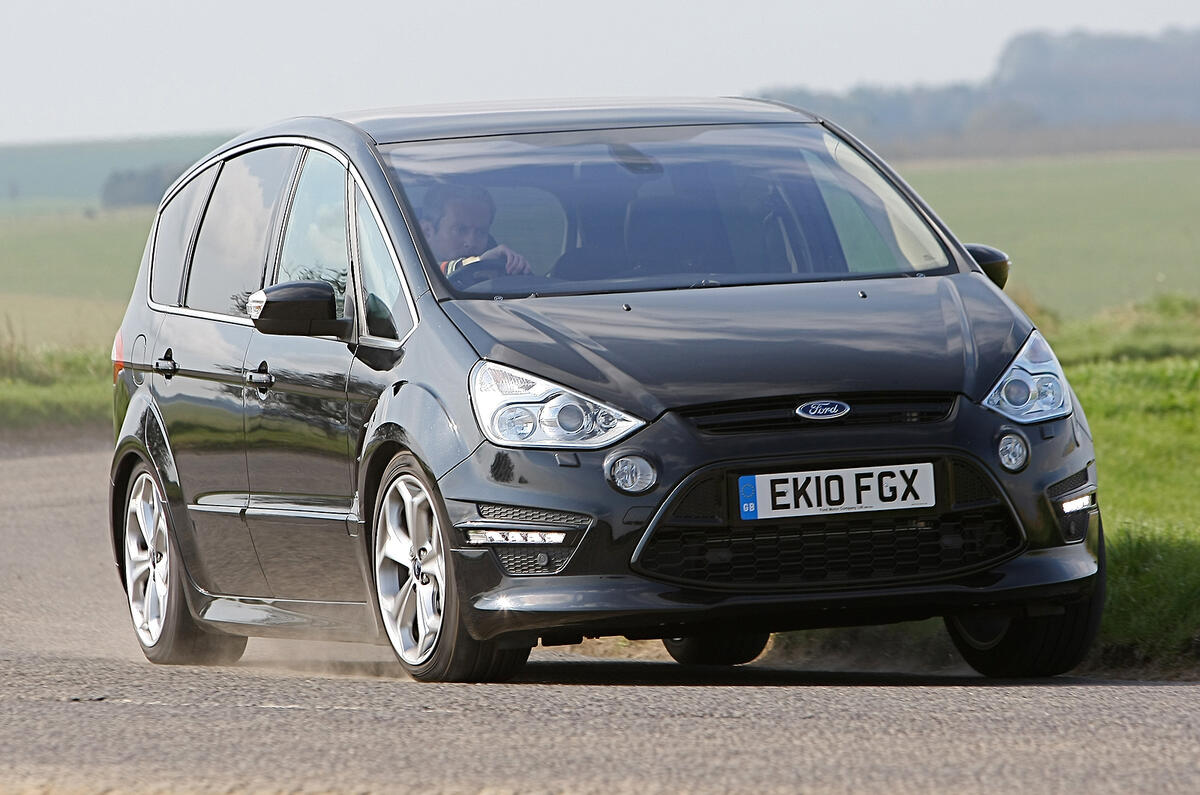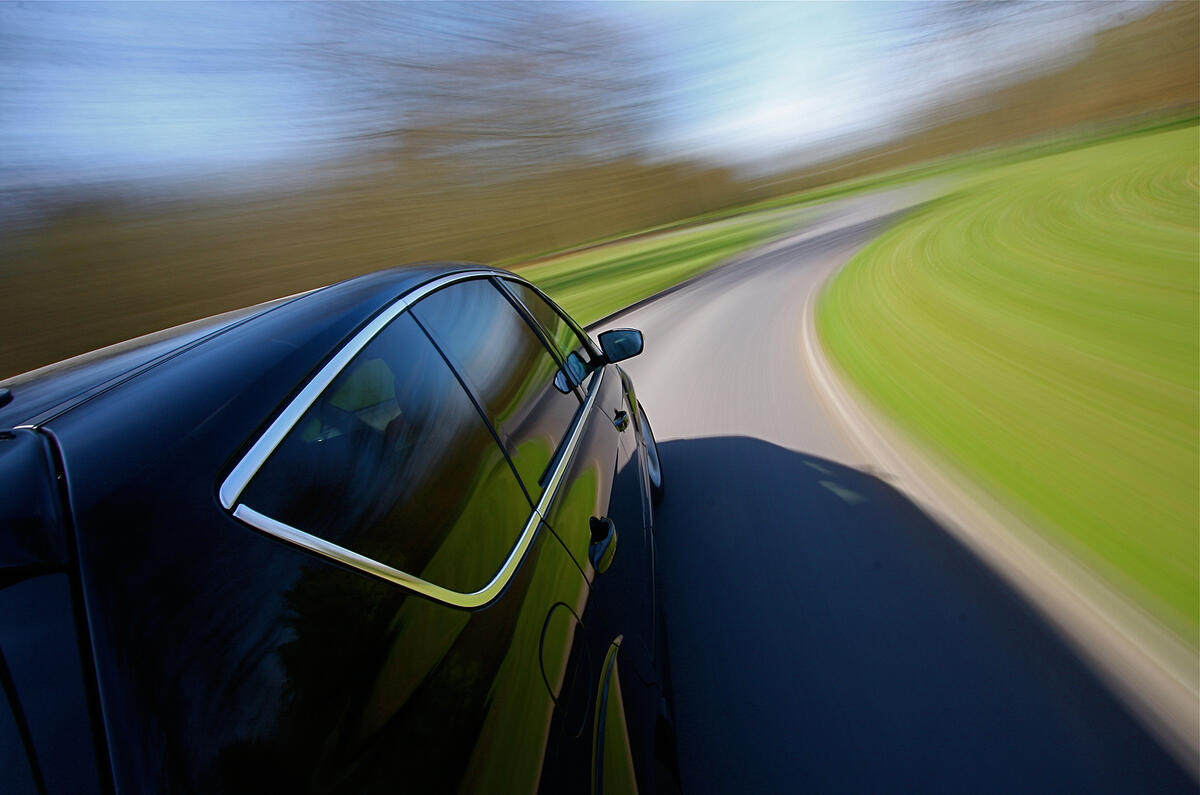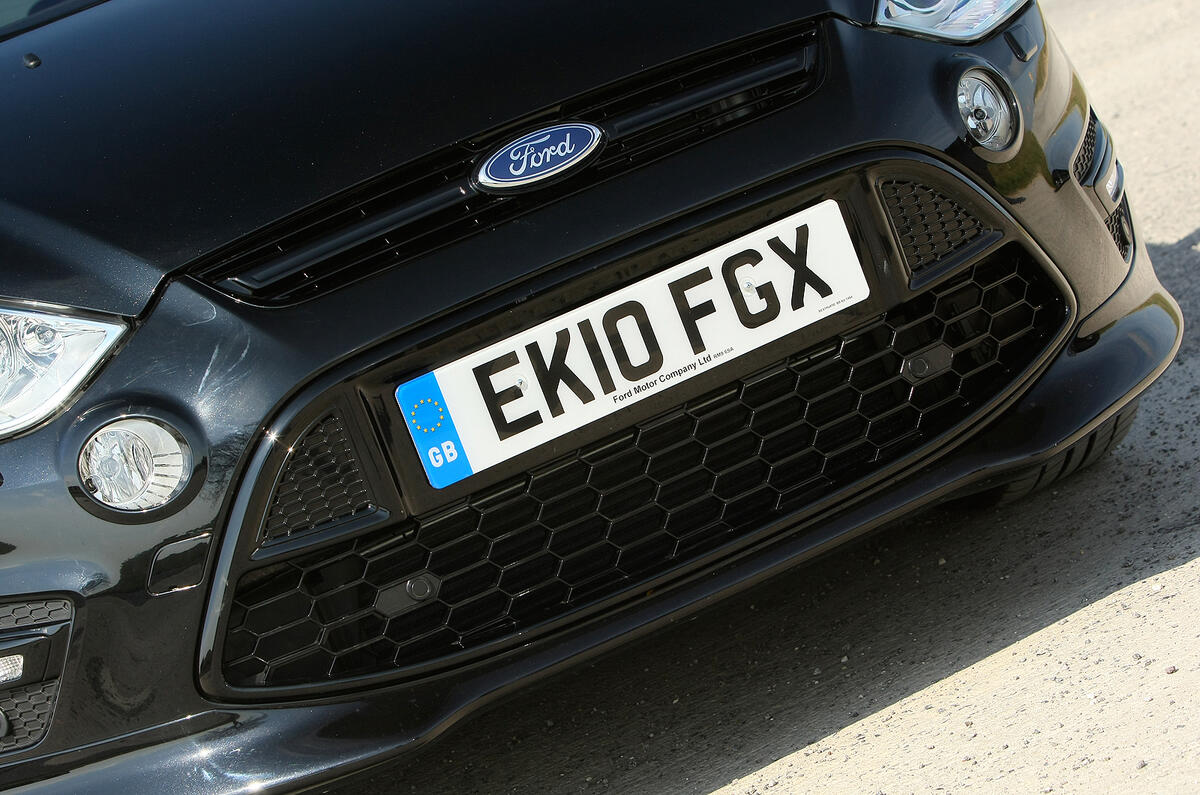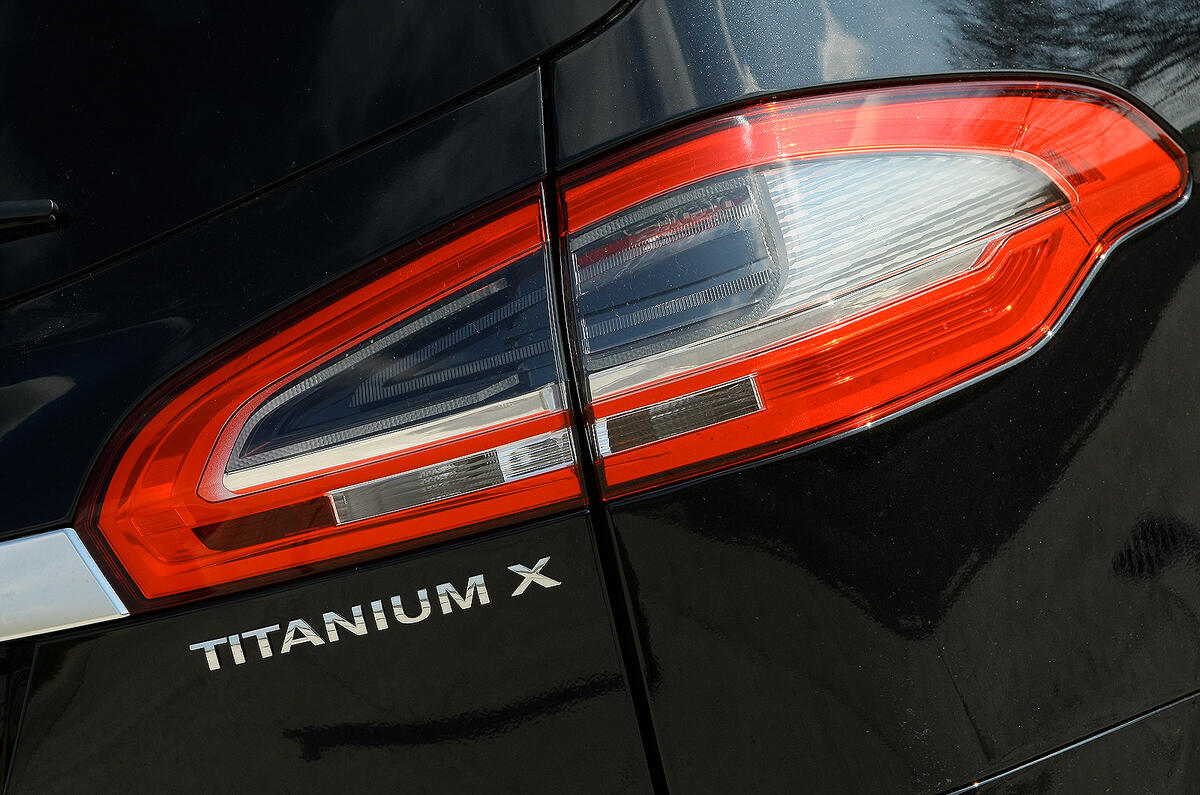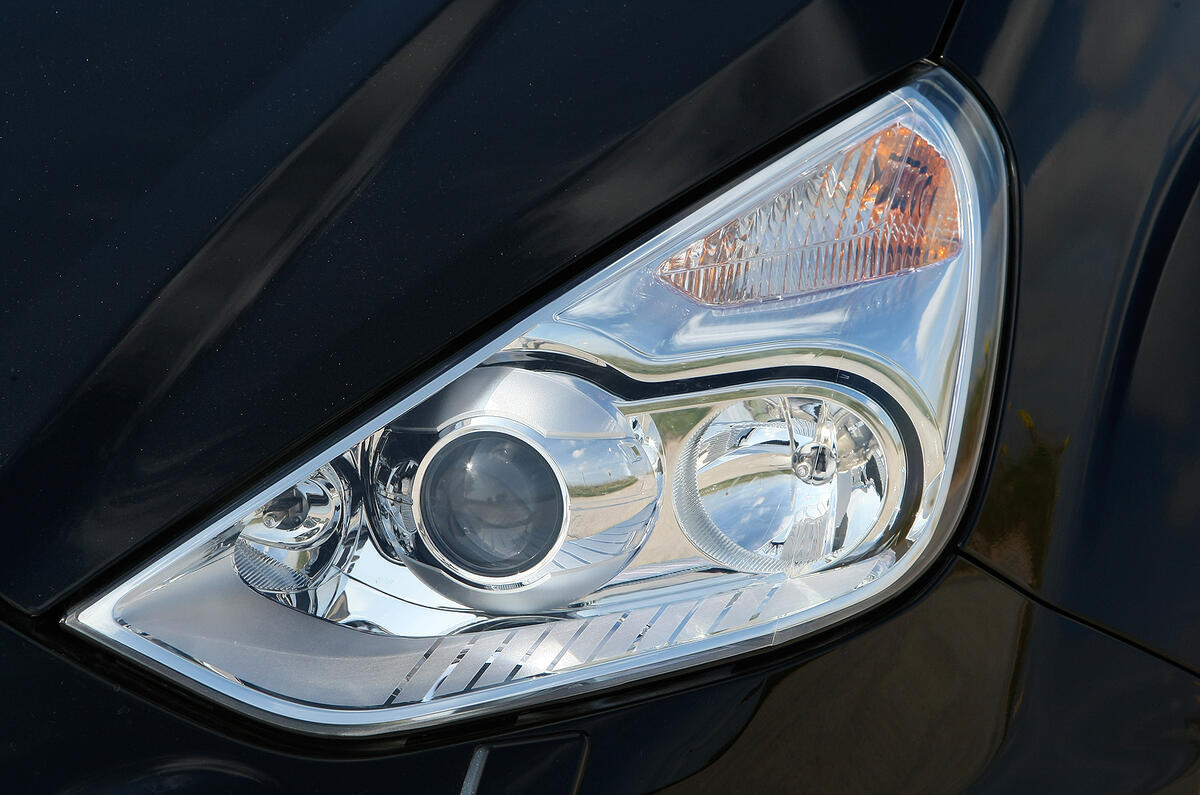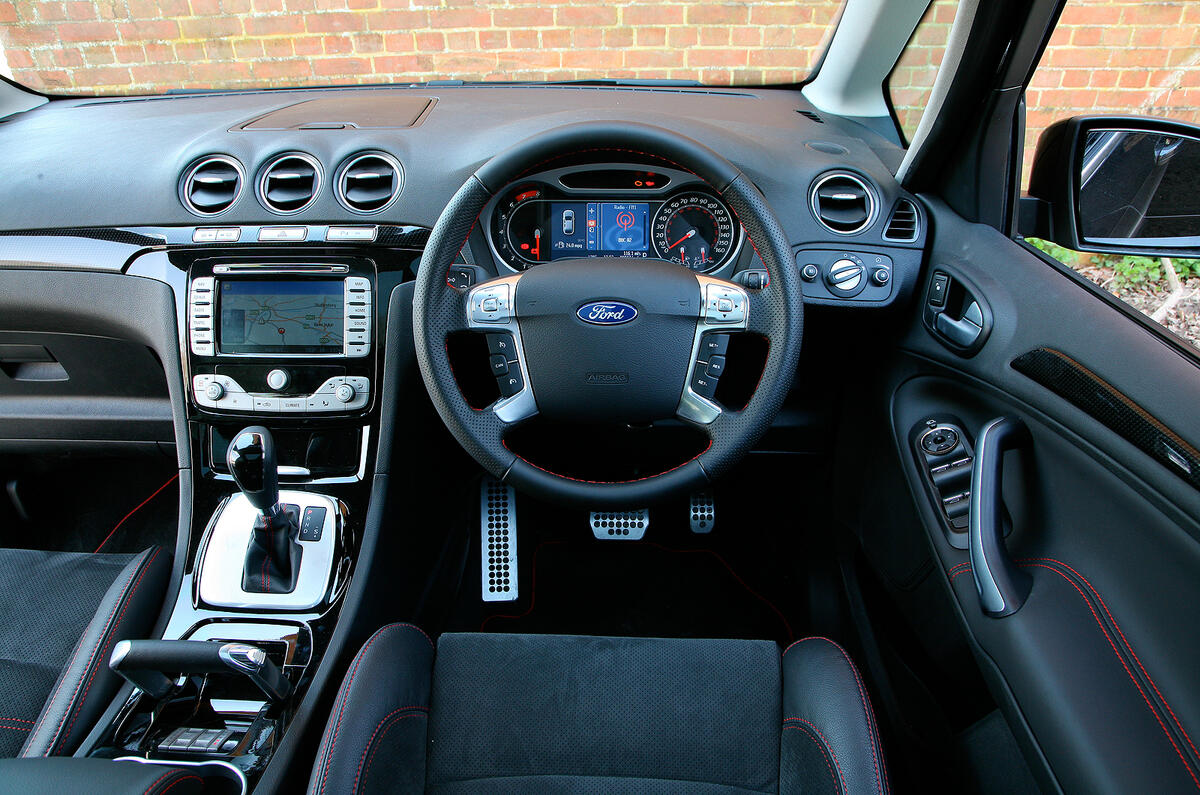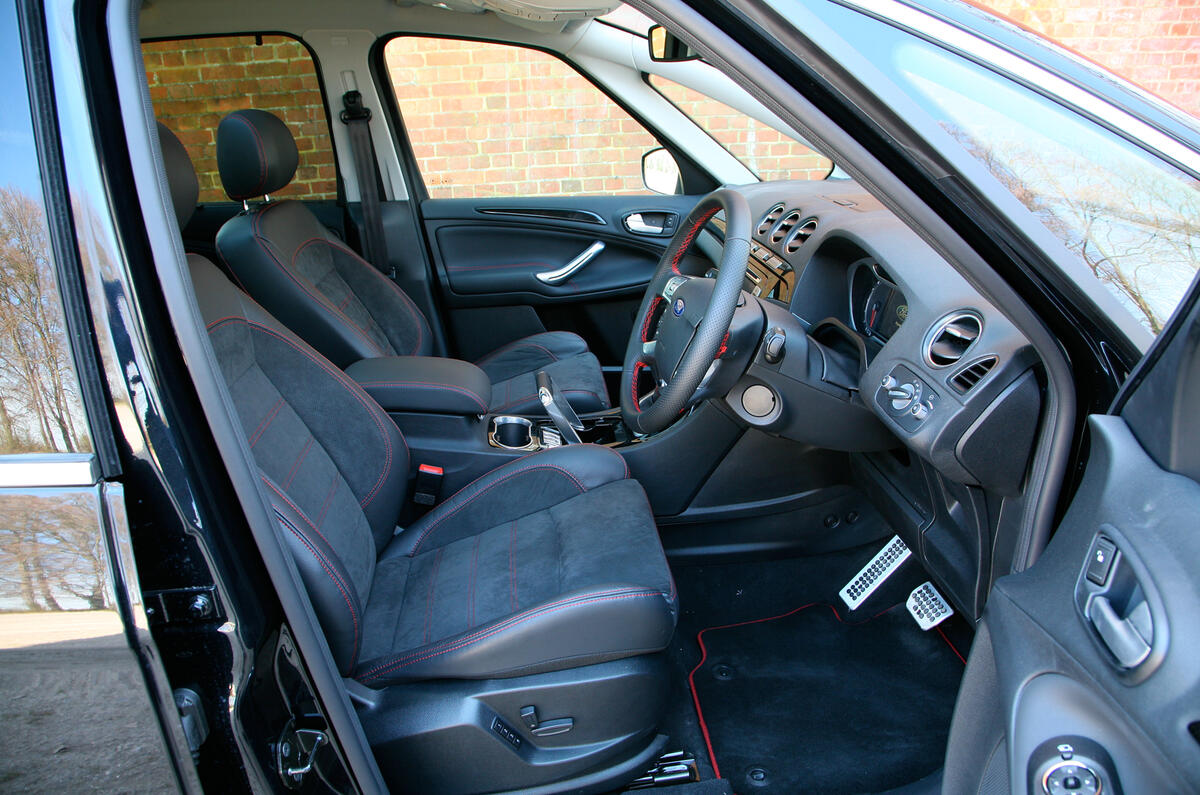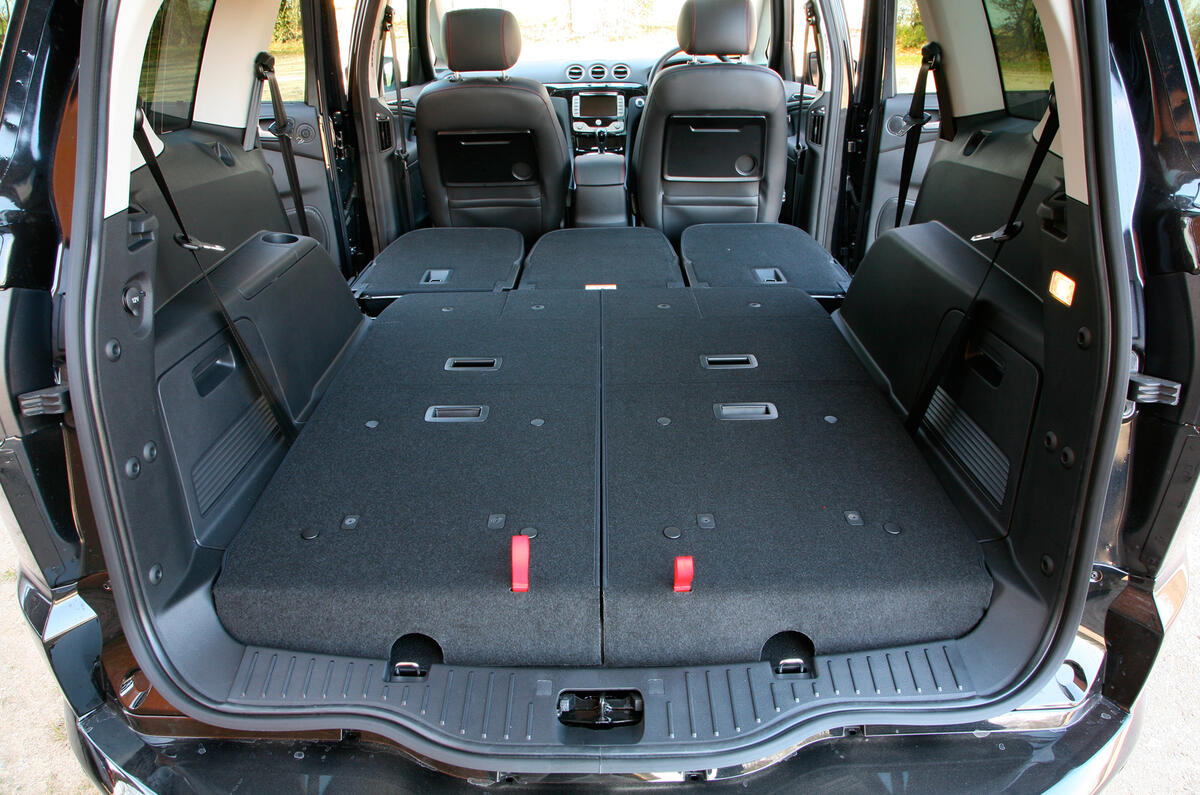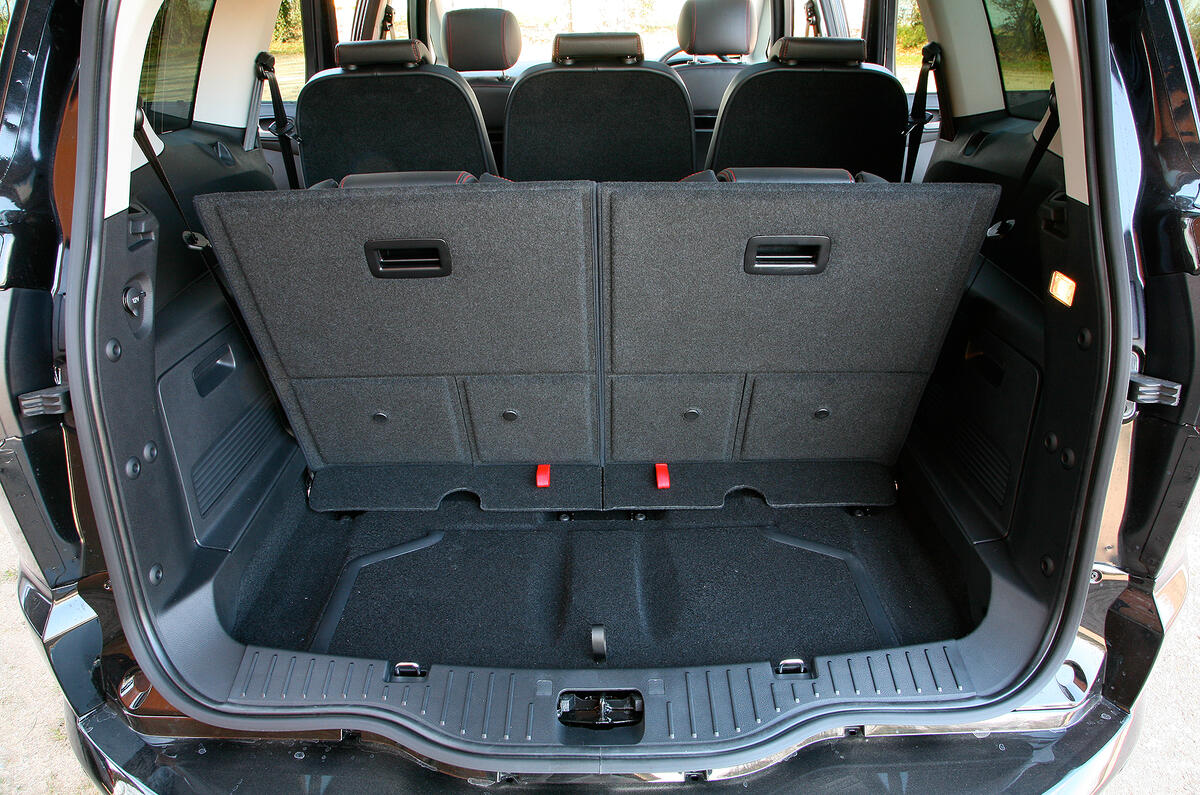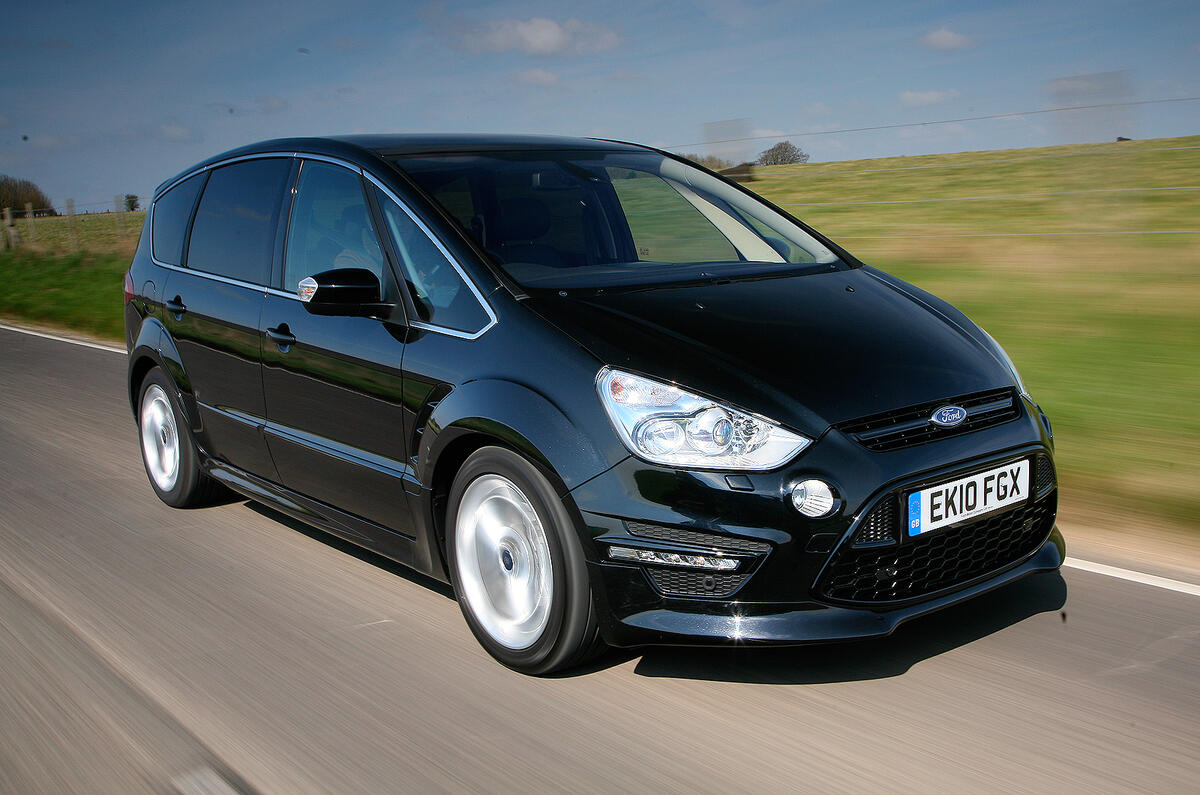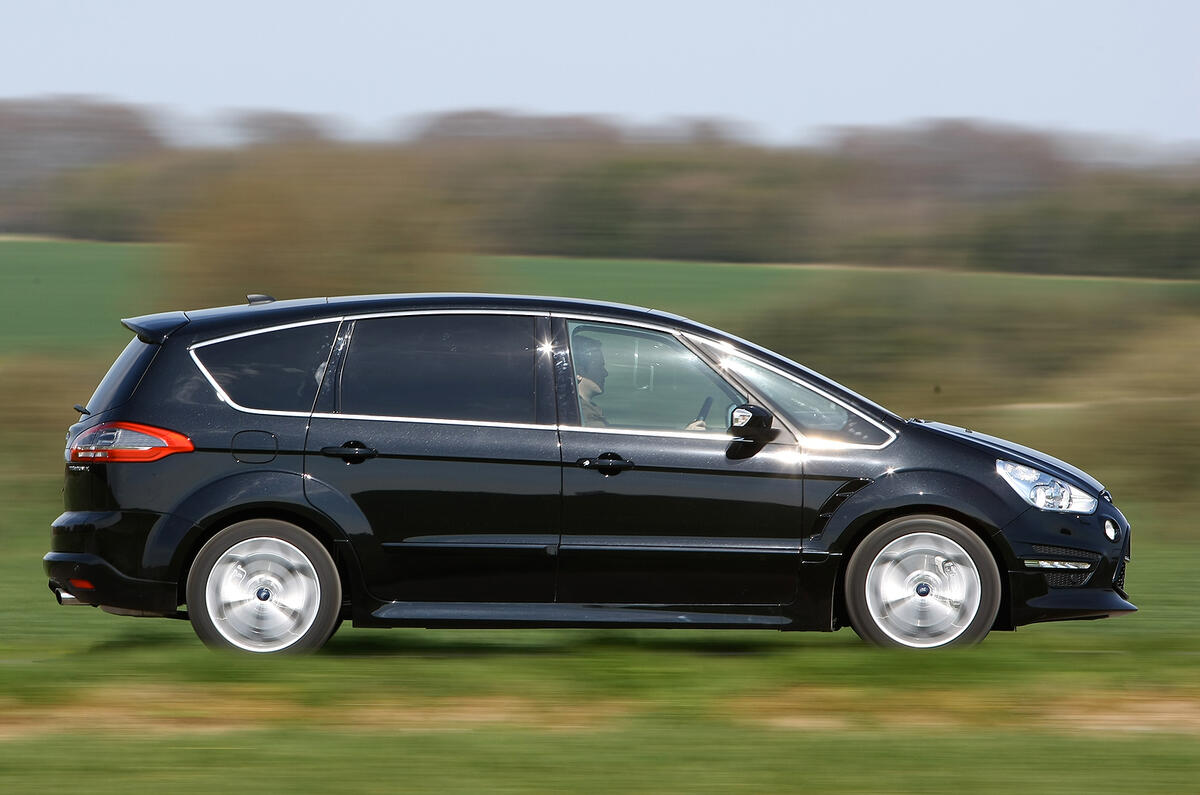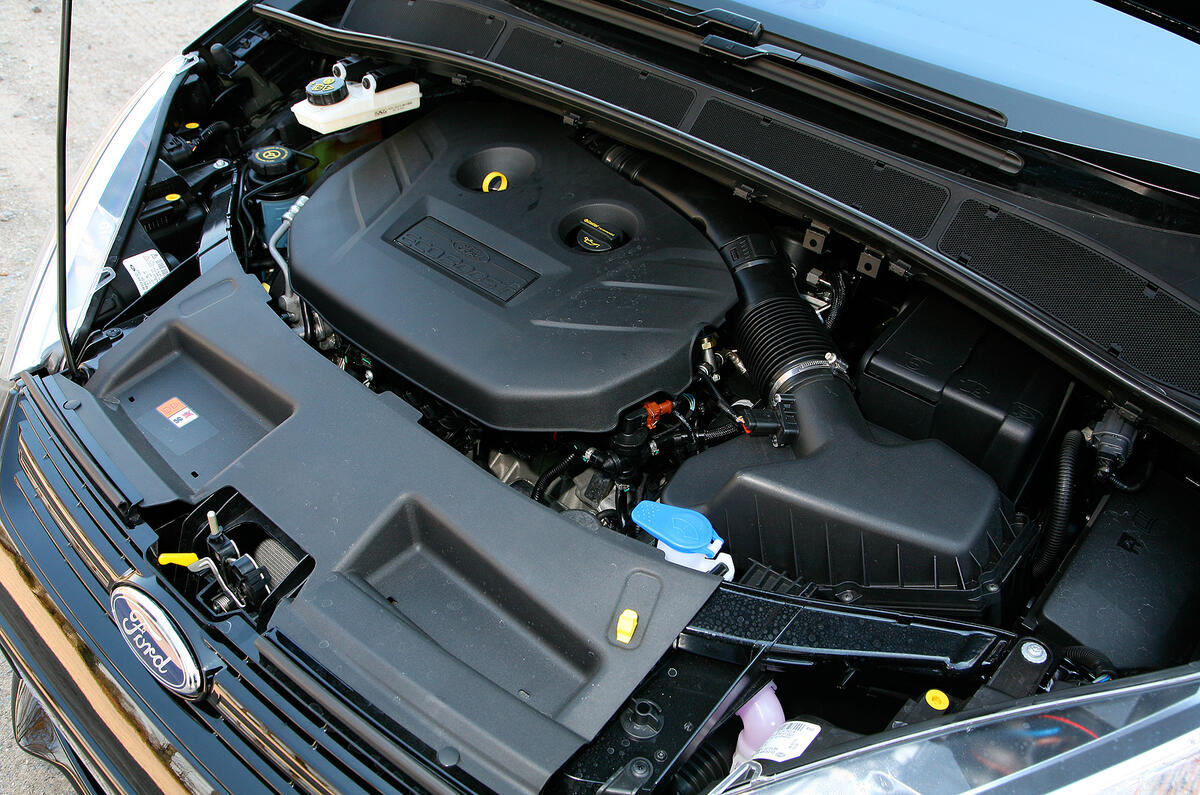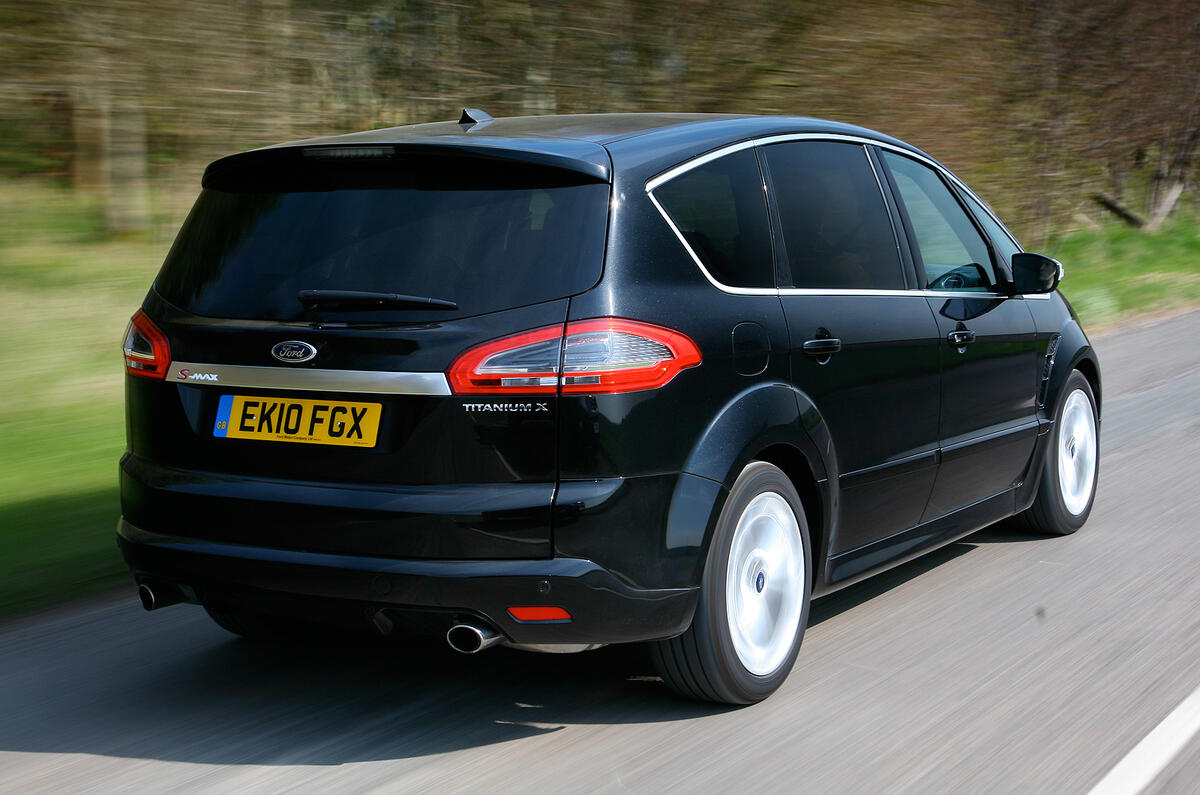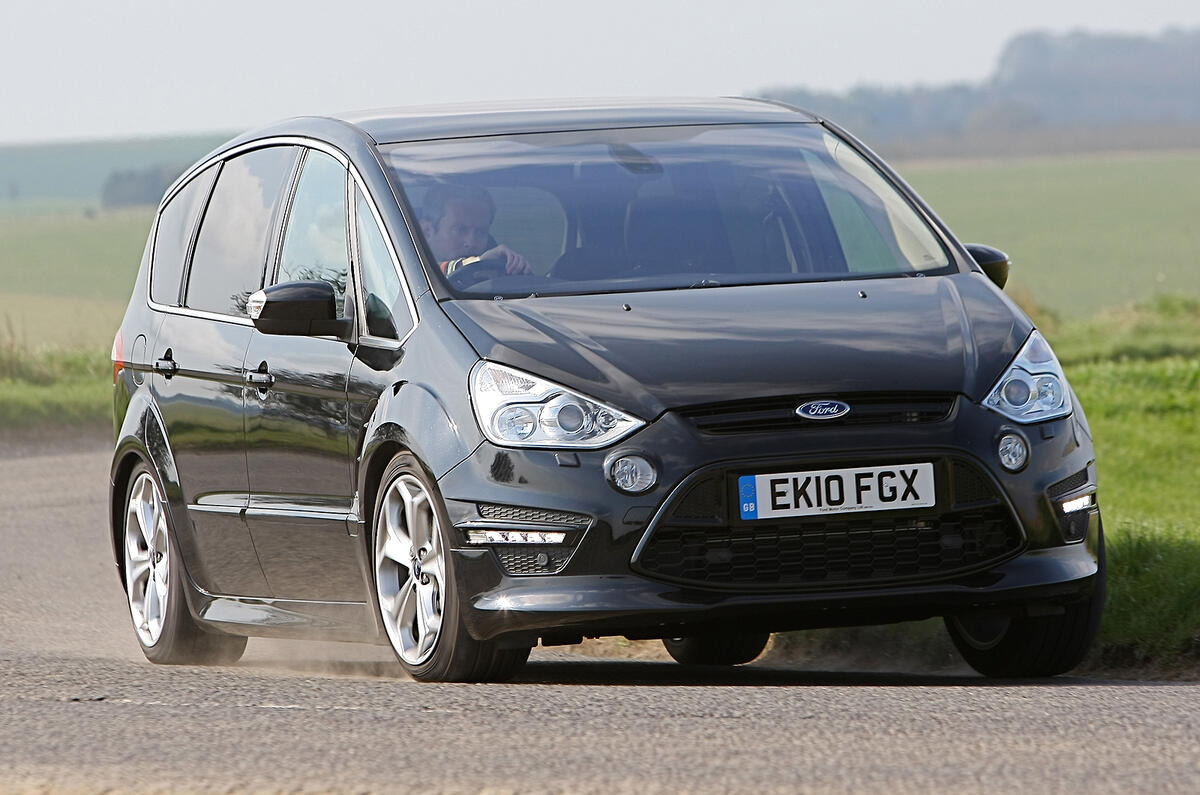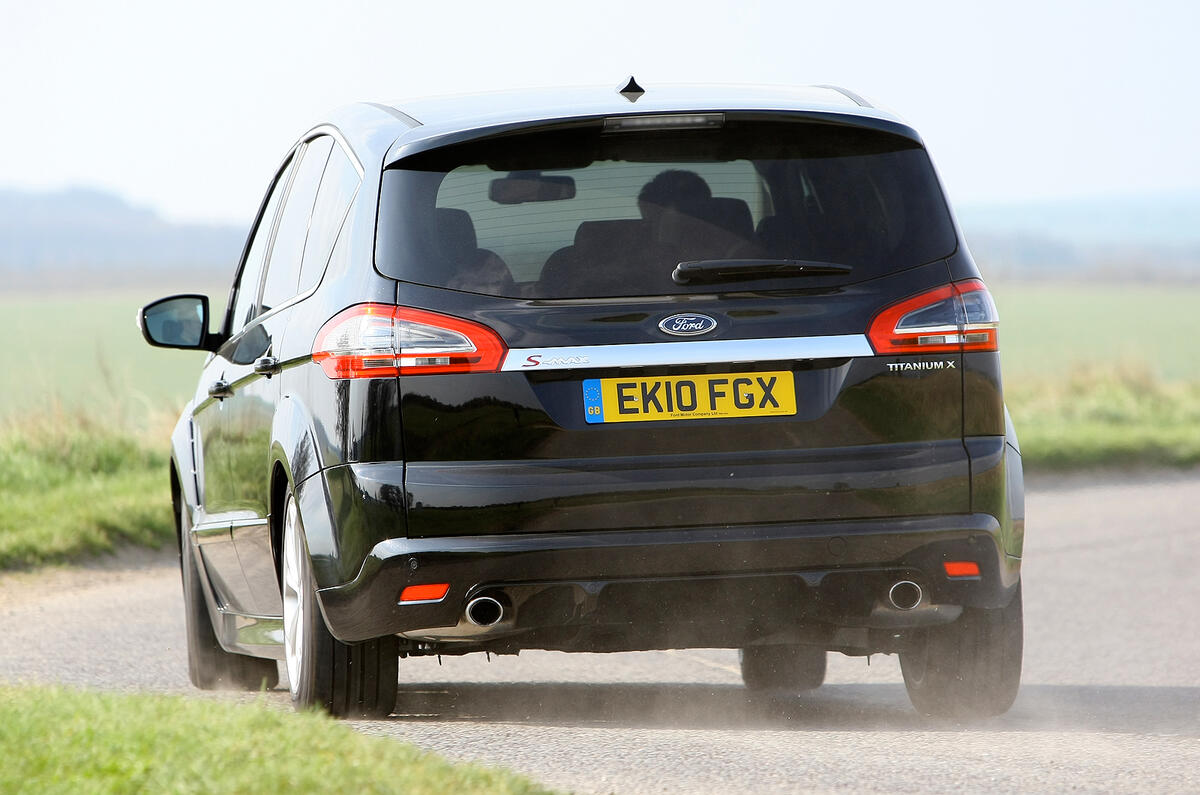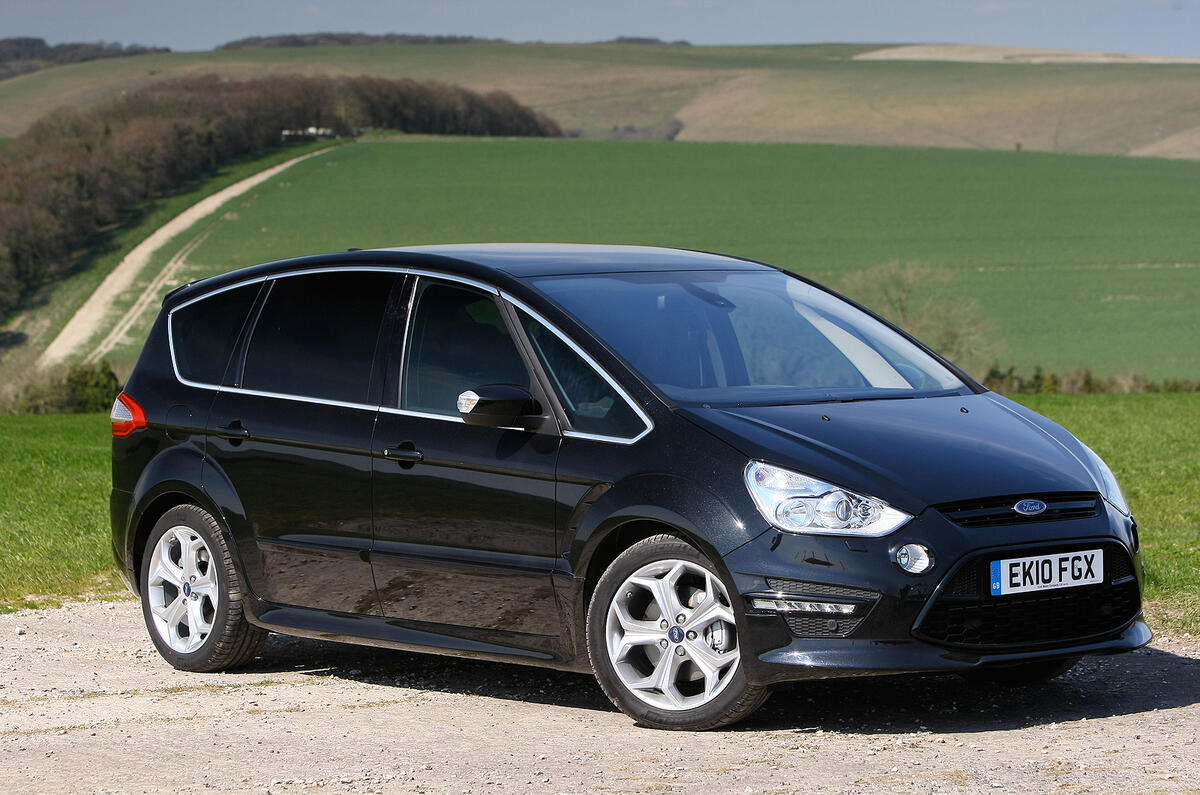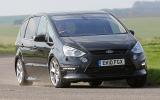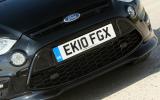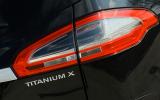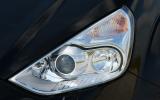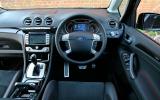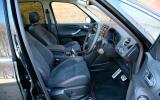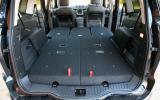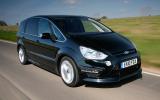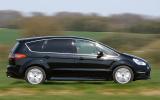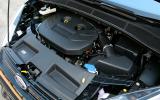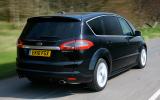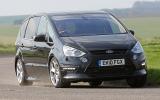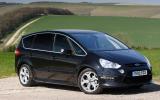The Ford S-Max 2.5T of 2006 to 2009 was the Clark Kent of motoring.
A comic-book hero that doubled as a sober-suited executive MPV during the week and responsible family holdall at weekends, but which, thanks to the 217bhp 2.5-litre five-cylinder turbocharged petrol engine from the contemporary Focus ST under its bonnet, could morph into a hot hatch-baiter capable of 0-62mph in 7.4sec.
Today it’s extremely rare, although it is still possible to find well-maintained examples. More commonplace, and nearly as much fun, is its successor of 2012, powered by a 2.0T Ecoboost petrol engine making 237bhp.
This version cracks the benchmark sprint in a shade under eight seconds, and it would be quicker but is paired with an automatic gearbox, whereas the 2.5T version enjoyed a six-speed manual. Both too much for your heart and your pocket?
Then seek out the more plentiful 200bhp 2.0T from 2010 that takes half a second longer and drinks a little less fuel. Whichever version you choose, they are impressive figures for a seven-seat family car.
Incidentally, we’re talking about the first-generation S-Max, launched in 2006, updated in 2010 and replaced in 2015 by the second. The latter is sleeker-looking and sports a lot more technology, but this publication's testers preferred the first-gen’s ride, handling and steering.


